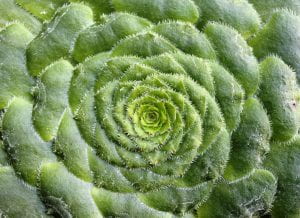By Andy Winfield
It was Georgia O’Keefe who said, ‘When you take a flower in your hand and really look at it, it’s your world for the moment’. It’s worth doing this, nature is captivating close up; perfectly packaged and clinically efficient, each flower has an adapted shape and look gleaned over hundreds of thousands of years for maximum productivity. This economy of engineering uses patterns and shapes that are repeated again and again throughout the natural world and dotted all around the Botanic Garden. (more…)


